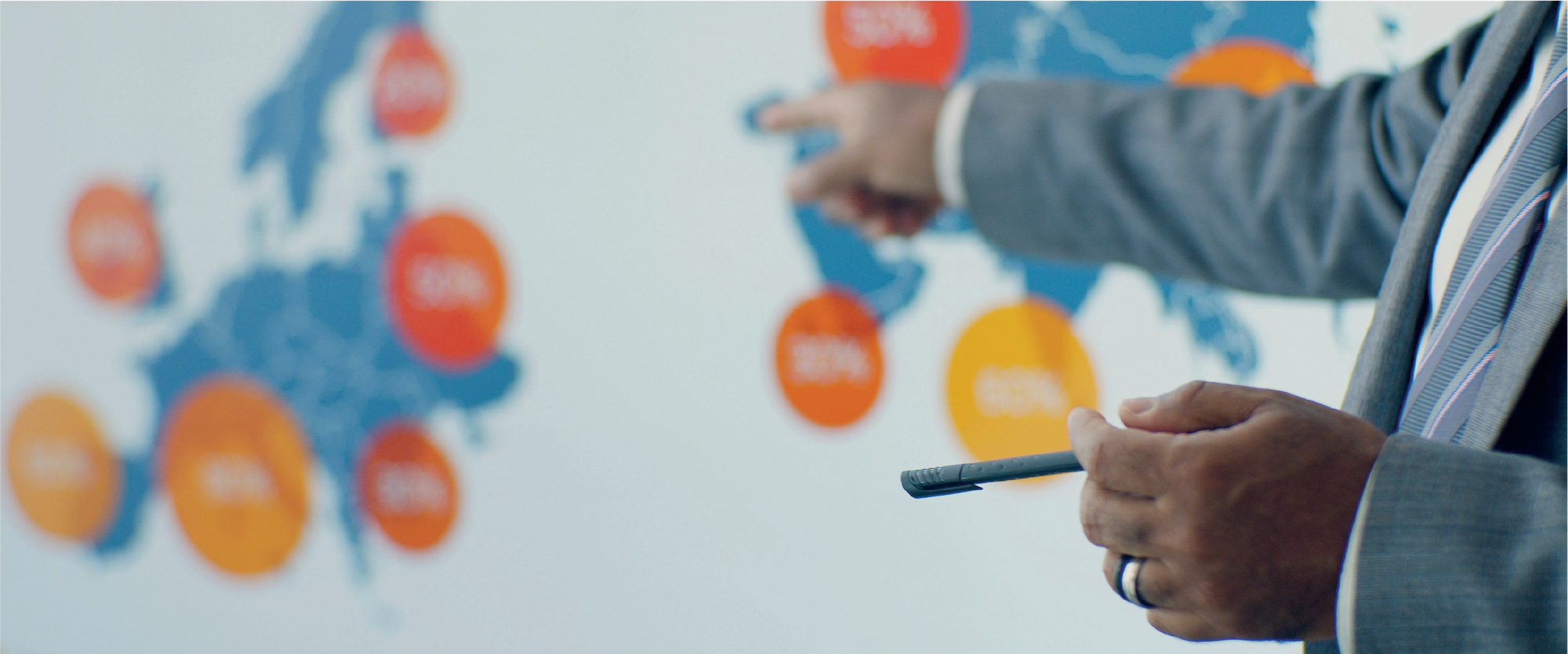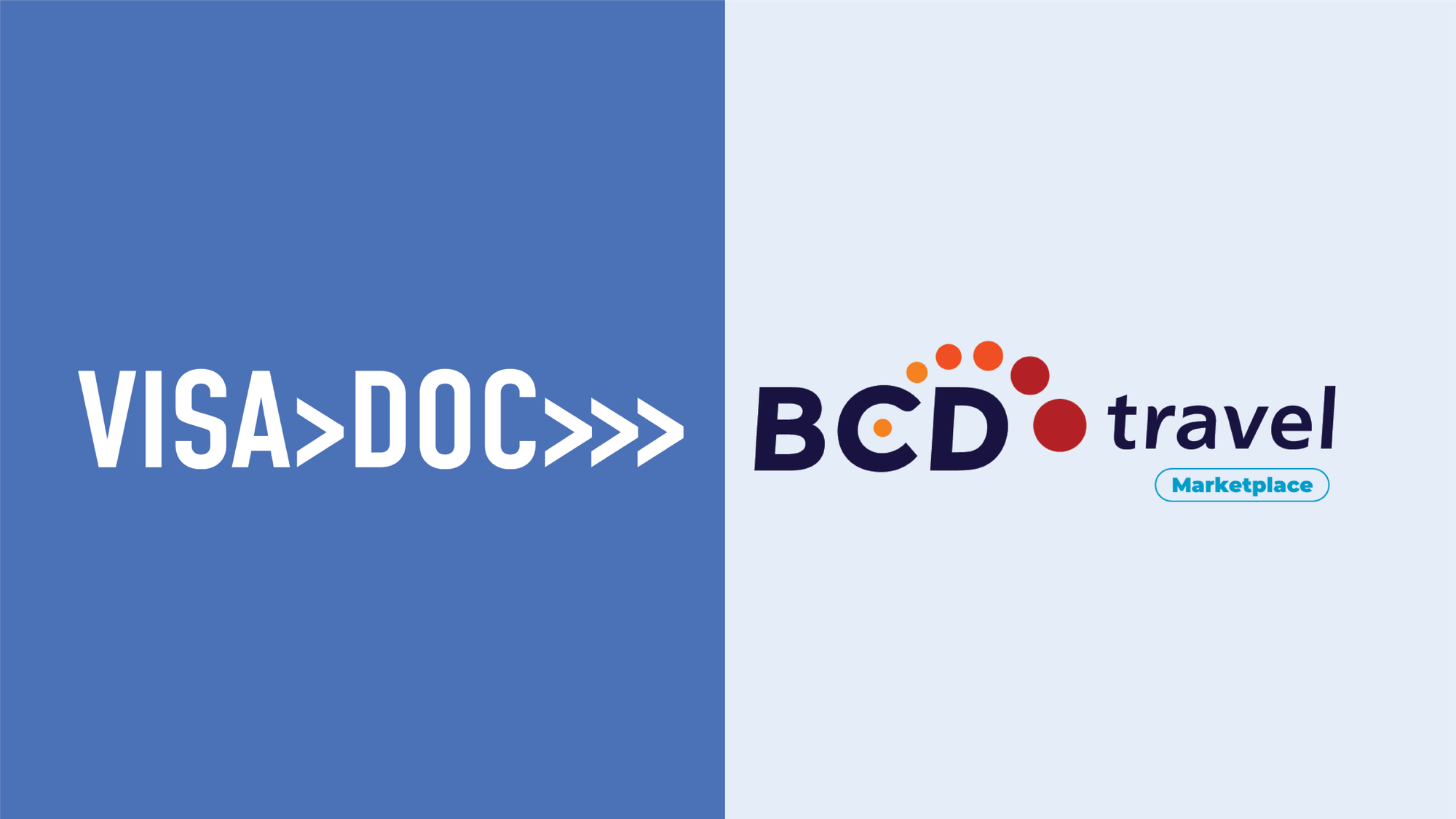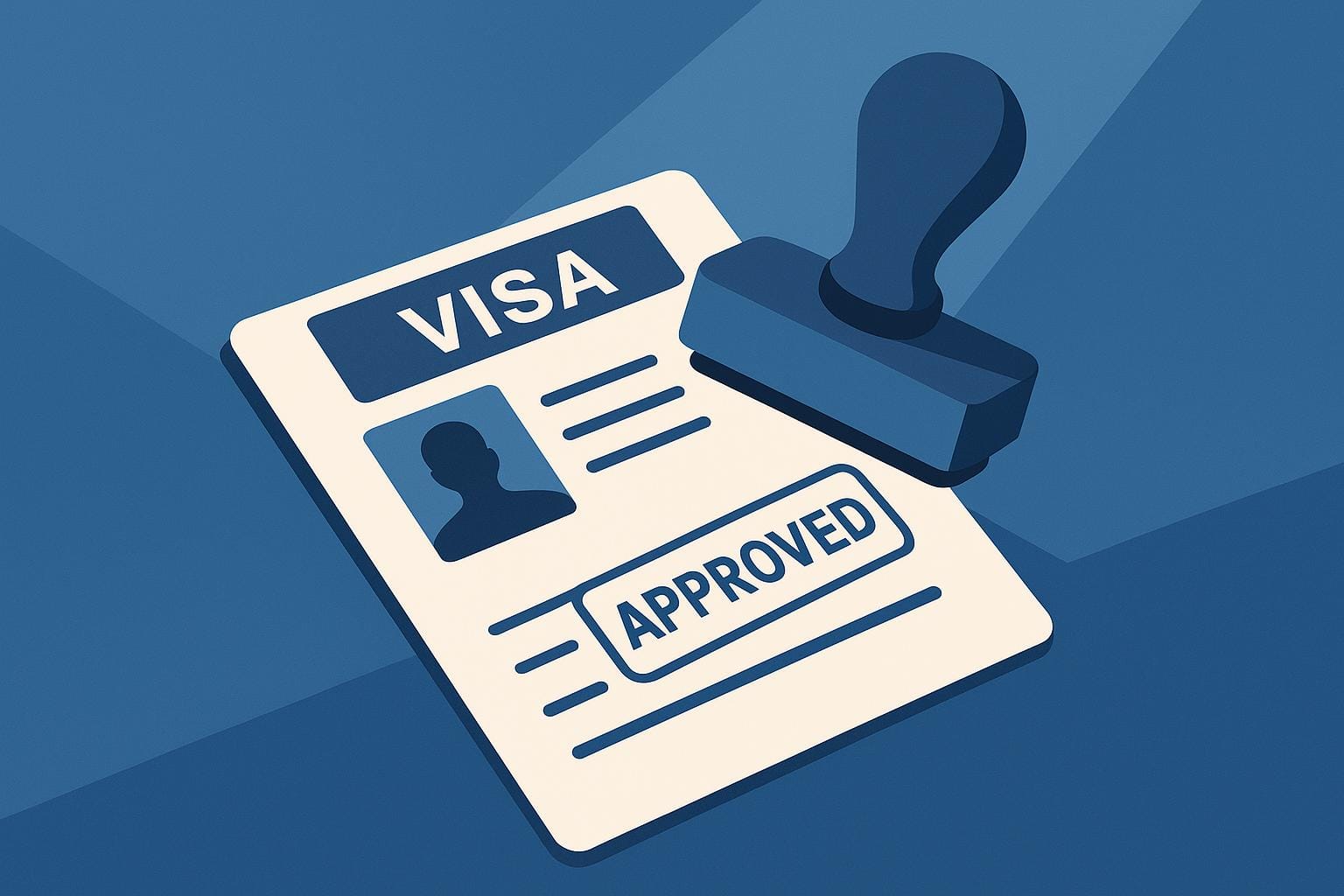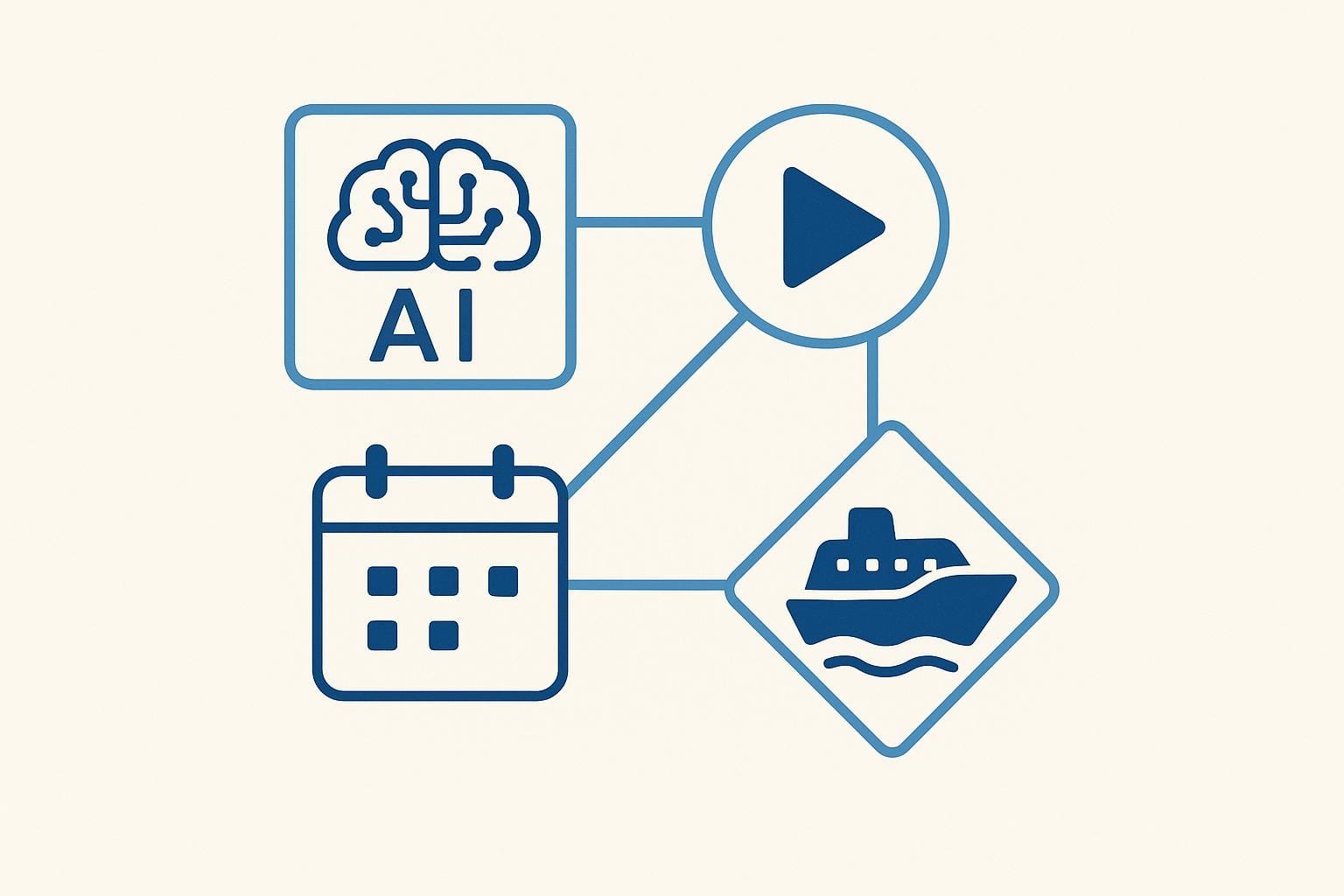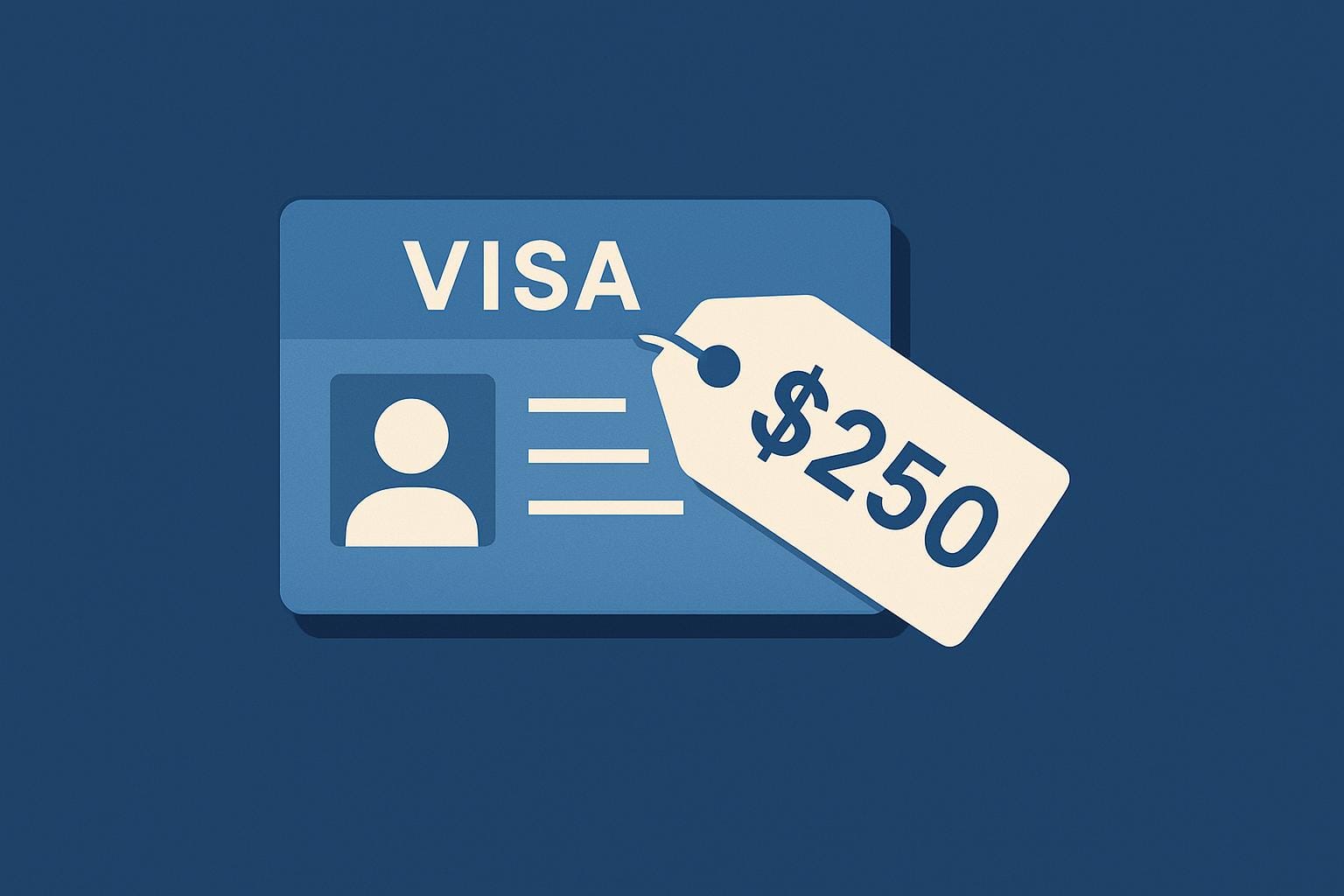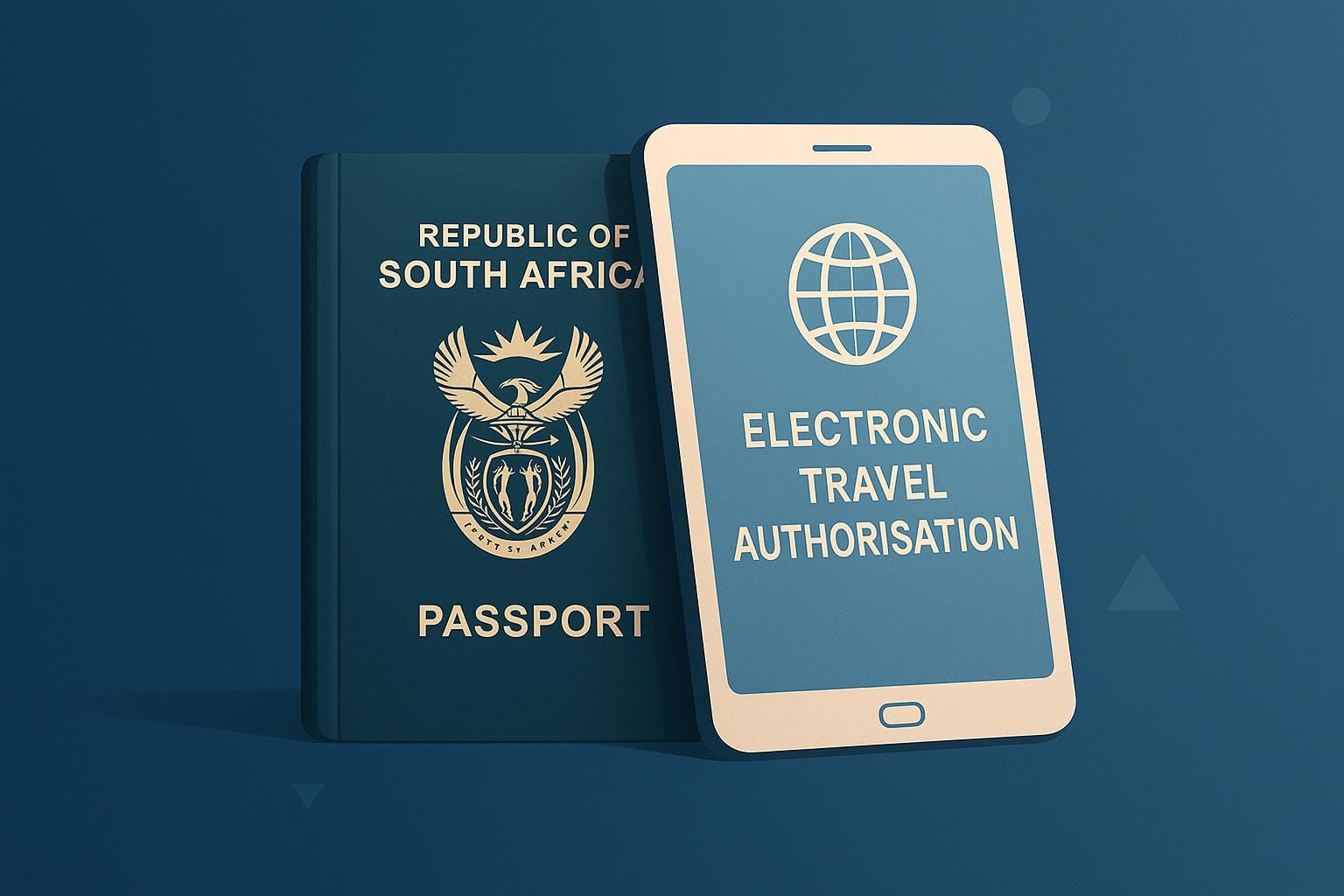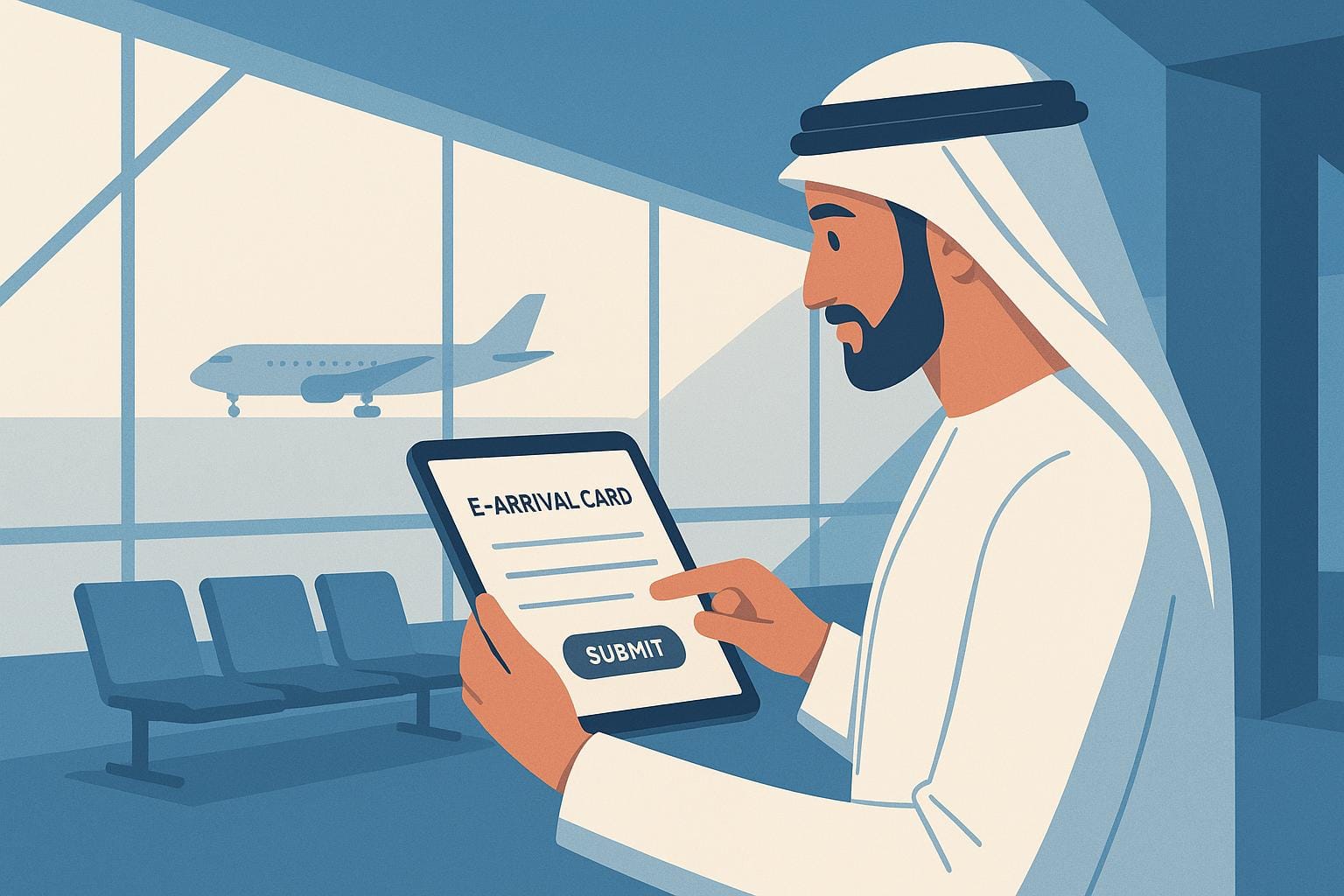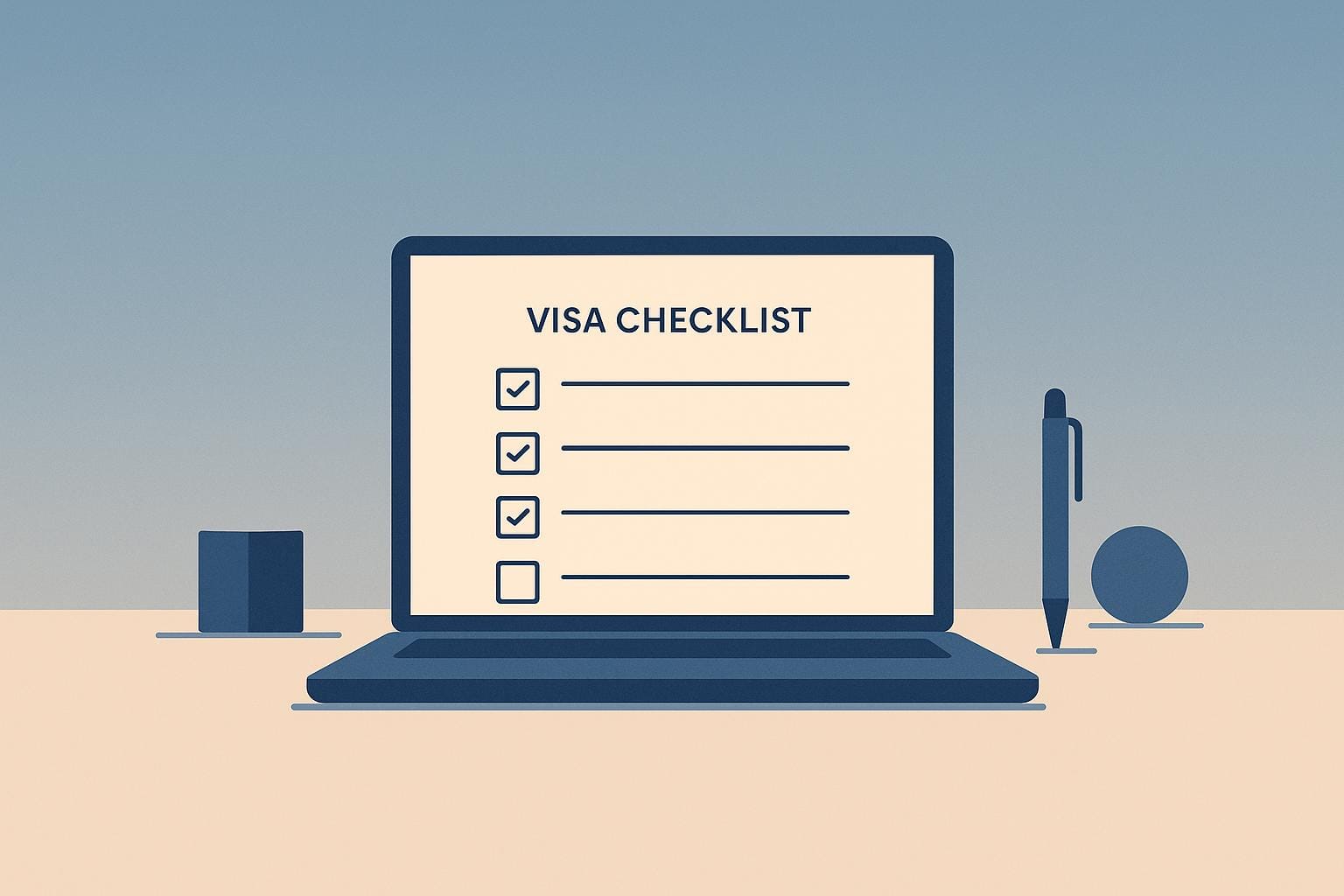Global business travel no longer depends on paper forms and couriered passports. It depends on information accuracy, process transparency and the ability to prove compliance with precision.
Business visa outsourcing providers remain necessary where the law demands a face-to-face submission. But for everything else, pre-assessment and compliance, automation is already the standard.
Business Visa Automation
1. Revolutionising Business Travel and Immigration Applications
For years, companies and global mobility teams have relied on outsourcing giants such as VFS Global, TLScontact, and BLS International to manage their business travel. Their physical networks, hundreds of visa application centres around the world, were built for an era of queues, stamps and consular appointments. That model worked when business travel was predictable and manual forms were acceptable.
But 2025 looks different. Companies now manage business travellers in real time, measure costs to the hour, and demand a clear record of who went where and under which visa.
That is where automation platforms, such as VisaDoc, have emerged - not to replace the government-mandated steps, but to eliminate the uncertainty and risk between booking a flight and obtaining the correct business visa.
2. Legacy Strengths and Their Limits
VFS Global, TLScontact and BLS International remain central to government outsourcing. They collect applicant biometric information, receive supporting documents from applicants, and handle large volumes of visitor, work and family visas. For individual travellers, their networks offer convenience and familiarity. For governments, they provide capacity and physical verification.
Yet for companies, the experience is often fragmented. Each short-term business trip requires manual coordination, duplicated forms, and repeated checks on legal status.
Processing times vary across jurisdictions, and reporting tools are basic, with little reference to any clear service standard for business travellers or companies. Most critically, these providers serve the government first; their systems are optimised for consular throughput, not for a company’s compliance dashboard.
3. Where Automation Changes the Equation
Automation means the use of technology to perform tasks or processes with minimal human involvement. It relies on predefined rules or programmed instructions to carry out actions that people would otherwise perform manually, such as entering data, sending messages, or operating machines, thereby enabling work to occur faster, more consistently, and with fewer errors.
The result is not the removal of human oversight but its intelligent use: automation handles repetitive work, while HR and business travel managers focus on exceptions, policy interpretation and risk assessment.
That describes a structural shift in how visa information is processed and managed.
Platforms such as VisaDoc connect to booking feeds and HR systems to assess every traveller’s visa requirement before the trip begins. It uses artificial intelligence (AI) to analyse data and improve accuracy. An AI system supports automated decision-making in the visa process, but also raises important considerations about transparency and fairness to ensure applicants are treated equitably. The system compares job role, nationality and destination against current immigration law, generates a checklist of supporting documents, and automation can verify the authenticity of documents and applicant identity, reducing the risk of fraud.
4. Practical Applications: EU and UK Business Visas
For businesses managing frequent business trips to the UK or Schengen states, automation delivers three measurable benefits:
- Faster decision. Automated validation reduces time spent collecting and submitting forms. Travellers can submit their application online, begin the application process, and pre-populate data for the visa application centre visit, resulting in a faster decision.
- Improved compliance. Each transaction generates structured data, including the date submitted, biometric appointment, document status, identity verification, current processing times, and outcome.
- Reduced risk. Automation also safeguards against breaches of the 90-day-in-180 rule governing short stays in the Schengen area. By calculating days in real time across multiple countries and trips, it alerts managers before a traveller exceeds their legal allowance, a task nearly impossible to manage manually at scale.
VisaDoc vs VFS Global vs BLS International: A Comparative View
Feature | VFS Global / BLS International / TLScontact | VisaDoc |
|---|---|---|
Primary Client | Governments and individual applicants | Companies and their travelling employees |
Core Function | Biometric collection and document submission | Automated assessment, fulfilment coordination and compliance reporting |
Coverage | 140+ countries, physical centres | Global digital coverage |
Data Control | Manual tracking via portals | Centralised compliance dashboard with live status and reporting |
Integration | Limited; standalone portals | Connects with HR, booking and finance systems |
Human Oversight | Front-desk staff | Compliance teams using automated alerts |
Speed | Dependent on consulate capacity | Automated preparation shortens total processing time |
Best Used For | High-volume public applications | Ongoing corporate travel and visa programme management |
The distinction is clear: legacy agents remain essential where governments require in-person submission or biometric collection, offering a range of services tailored to individual applicants.
In contrast, automation platforms operate within immigration processes as the orchestration layer that keeps a company’s business travel programme compliant and efficient.

When to Use an Agent, When to Use Automation for Business Visas
Use a business visa outsourcing agent when:
- The destination country mandates in-person biometric enrolment or requires you to submit physical documents in person.
- You need local representation for consular correspondence.
Use automation for business visas when:
- Your company frequently travels to multiple jurisdictions.
- You require consolidated reporting on visa applications, processing times, traveller status, or need to report application status or compliance.
- You want to reduce delays and potential risks while retaining human oversight for complex cases.
In practice, the two models complement each other. A platform such as VisaDoc orchestrates the data, prepares documents, and sends travellers to the appropriate visa application centre only when necessary. The outcome is faster fulfilment, lower administrative costs and clearer accountability.
Stay Ahead with VisaDoc
VisaDoc was designed to address the precise tension between bureaucracy and mobility. It is an automation layer for compliance-conscious organisations. Alongside automation, VisaDoc provides expert guidance from our team, helping business travellers navigate complex compliance requirements and mitigate potential risks.
Where VFS Global or BLS International handle physical submission, VisaDoc ensures the right documents reach them the first time, properly formatted and pre-verified. It gives businesses a single source of truth for every traveller, visa type and status with a user-friendly interface that simplifies complex sponsorship and visa processes.
If your organisation wants to simplify global business travel and move away from disconnected visa processes, VisaDoc unifies assessment, fulfilment, and compliance, offering a clear advantage. Get in touch with us today.
Frequently Asked Questions: UK Business Visa Application
1. What is a UK business visa in 2025?
A type of United Kingdom visa allows professionals to travel abroad temporarily for meetings, negotiations or training without entering the host country’s labour market. Eligibility, processing times and supporting documents vary by country. Automation helps organisations track these variables and ensure compliance.
2. How does business visa automation work?
Automation uses secure software to assess visa requirements, prepare forms, collect documents and monitor status in real time. It integrates with HR and travel systems, alerting teams when further evidence or biometric information is required, and streamlines the business visa application process.
3. Does automation replace visa application centres?
No. Centres such as VFS Global and BLS International still handle physical submissions and biometric data. Automation reduces manual preparation and errors before appointments, leading to faster decision-making and fewer delays.
5. Can automation help with UK Skilled Worker Visas?
Yes. Automated platforms manage documents and processing dates for the UK Skilled Worker Visa, ensuring compliance with immigration law and reporting duties.
4. How does automation support UKVI compliance?
Automation records every visa application, status update and document change. This creates an audit trail that satisfies UKVI reporting requirements for sponsor licence holders and employers of skilled workers.
6. Is human oversight still needed?
Always. Automation handles routine tasks; managers review exceptions, risk factors and final submission.
7. How does automation improve security?
Data is encrypted, stored within approved jurisdictions, and access is controlled. Each action is logged for accountability, reducing the risk of lost documents or unauthorised changes.
8. What should companies do now?
Assess how many business visa applications you manage each year. If your team spends more time chasing documents than verifying policy, automation is likely to return value within months.


